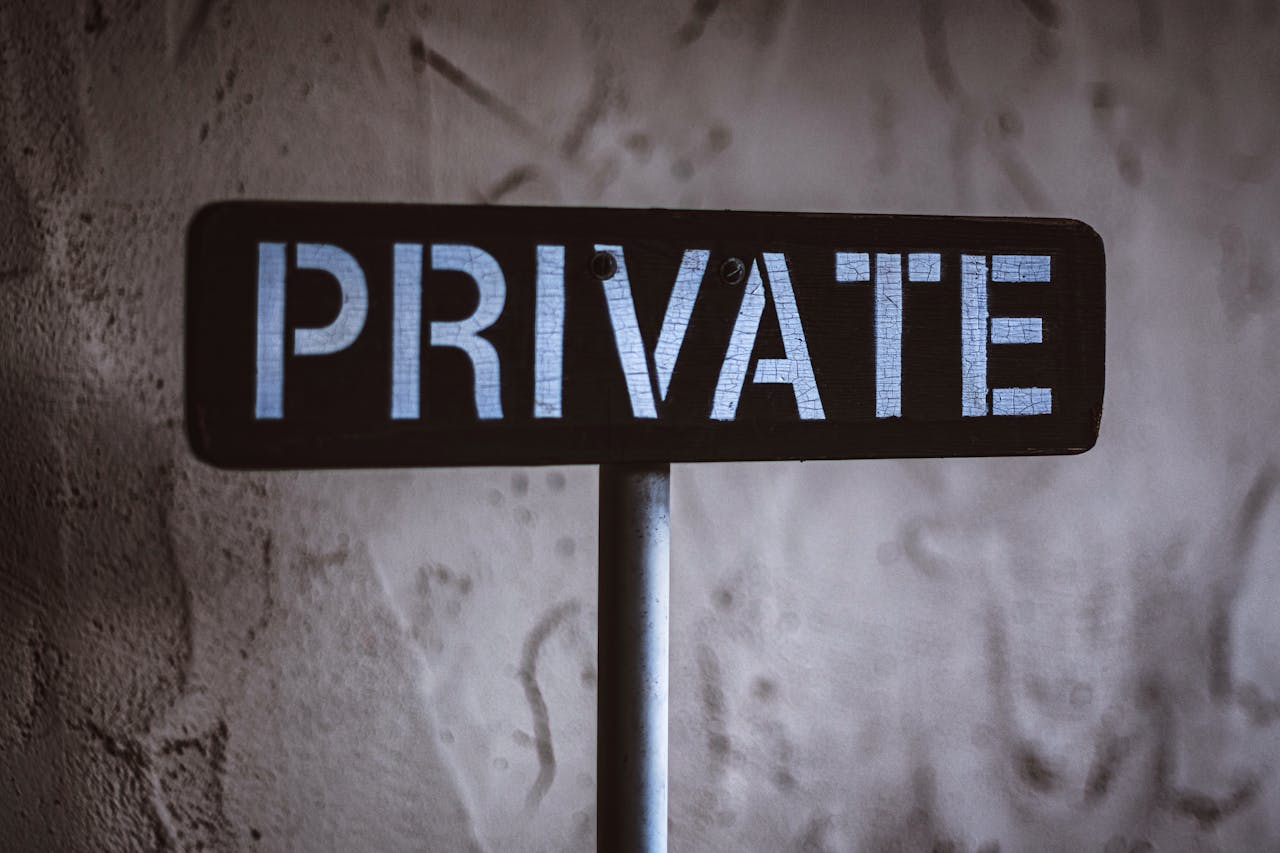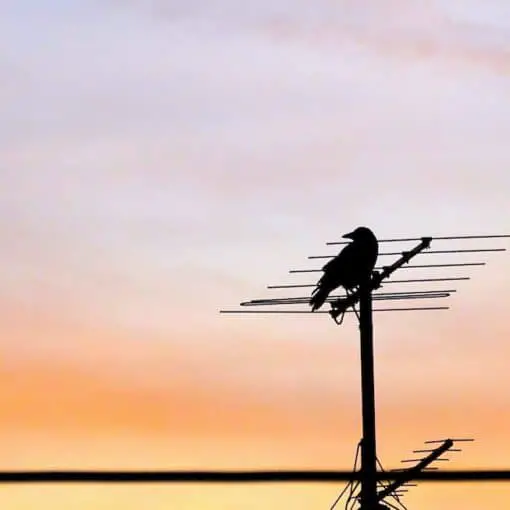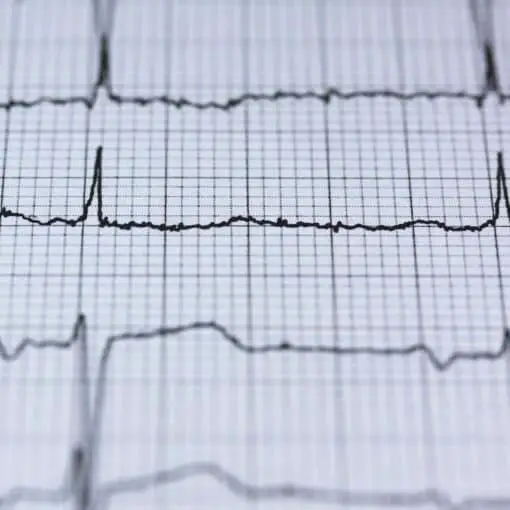Amateur radio, commonly known as ham radio, is a popular hobby and service that brings together people, electronics, and communication.
Enthusiasts use ham radio to exchange non-commercial messages, conduct experiments, and even provide communication during emergencies.
One of the key characteristics of ham radio communication is its open nature. This means that conversations are not private, as they can be received by anyone with the appropriate radio equipment.
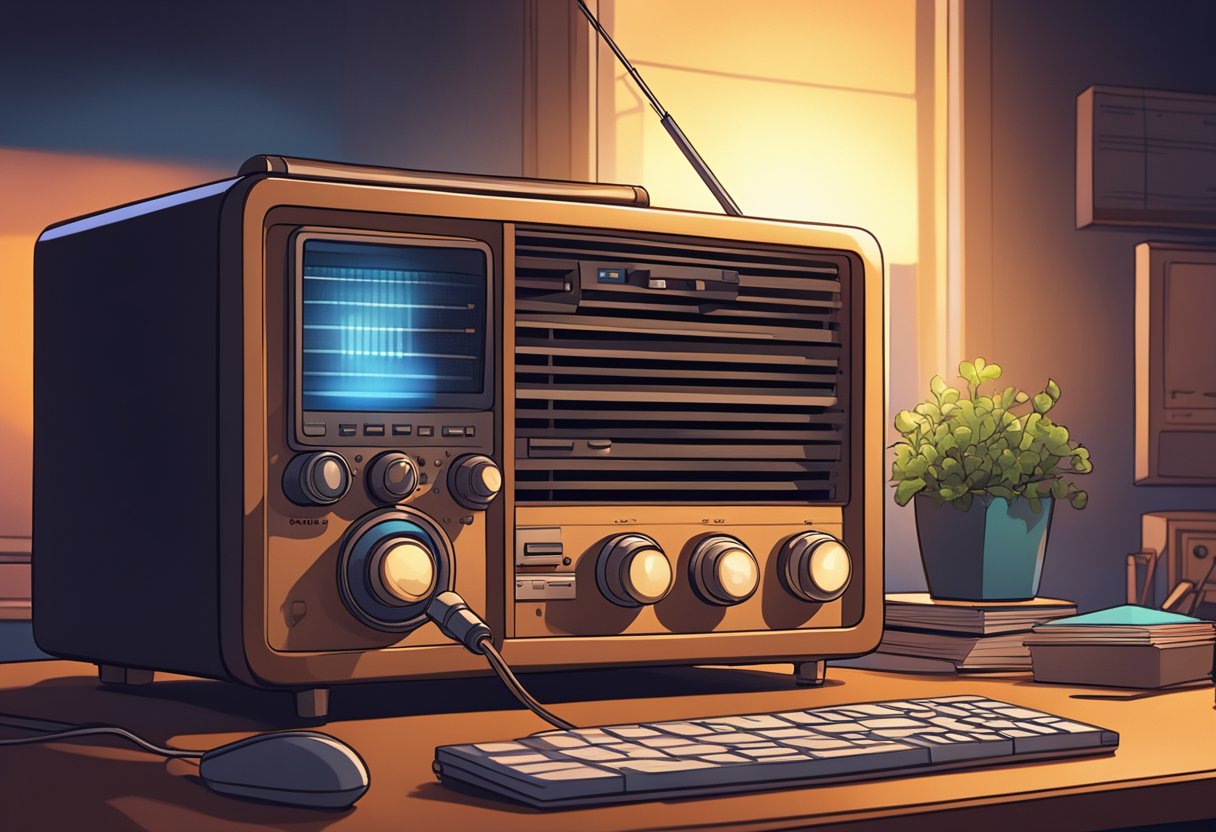

The regulations governing ham radio ensure its frequencies remain accessible to all licensed operators.
This inherently means that private channels and encrypted communications that would prevent eavesdropping are not permitted in amateur radio.
The transparent nature of these communications promotes honesty and openness in the ham radio community, but it also highlights that it is not the medium for sharing sensitive or personal information.
Understanding that ham radio operates in the public domain is crucial for operators who might be new to the field.
It’s a unique platform where the spirit of cooperation and a sense of shared space come to the fore.
While some might perceive this as a limitation, most aficionados of ham radio see it as an integral aspect that fosters a wide-reaching and inclusive community.
Understanding Ham Radio Privacy
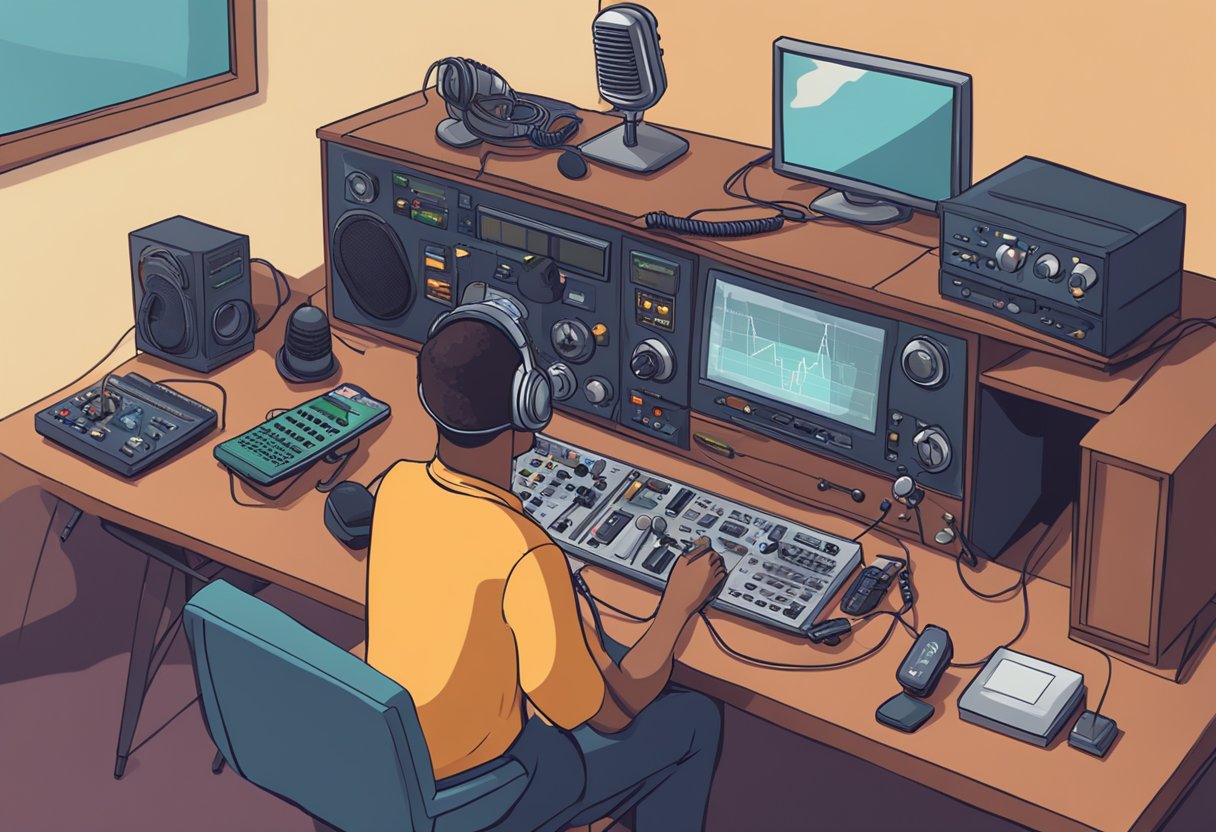

Ham radio operates in an open communication environment where privacy is inherently limited. Understanding the nuances of this privacy starts with knowing the expectations and regulatory framework.
Privacy Expectations in Ham Radio
Ham radio enthusiasts should not expect that their communications will be private.
The very nature of amateur radio implies a public broadcasting space where any transmissions can be overheard by anyone with the right equipment.
There is an inherent expectation that one’s communications, whether they be voice, Morse code, or digital data, can be intercepted.
Conversations are not typically encrypted because the principle of ham radio is to maintain openness and transparency.
The Role of FCC and Regulations
The Federal Communications Commission (FCC) is tasked with regulating all interstate and international communications by radio, television, wire, satellite, and cable.
The FCC’s regulations are clear: encryption of signals in ham radio is generally prohibited.
This stipulation helps to prevent misuse of the spectrum and ensures that the amateur radio service remains a space for hobbyists and public service communications.
The FCC enforces these regulations firmly, reaffirming that any encrypted communications fall outside of amateur radio’s intent.
Moreover, any use of encryption must align with specific FCC exceptions, maintaining the foundation that ham radio is for open communication.
Technical Aspects of Ham Radio Communication
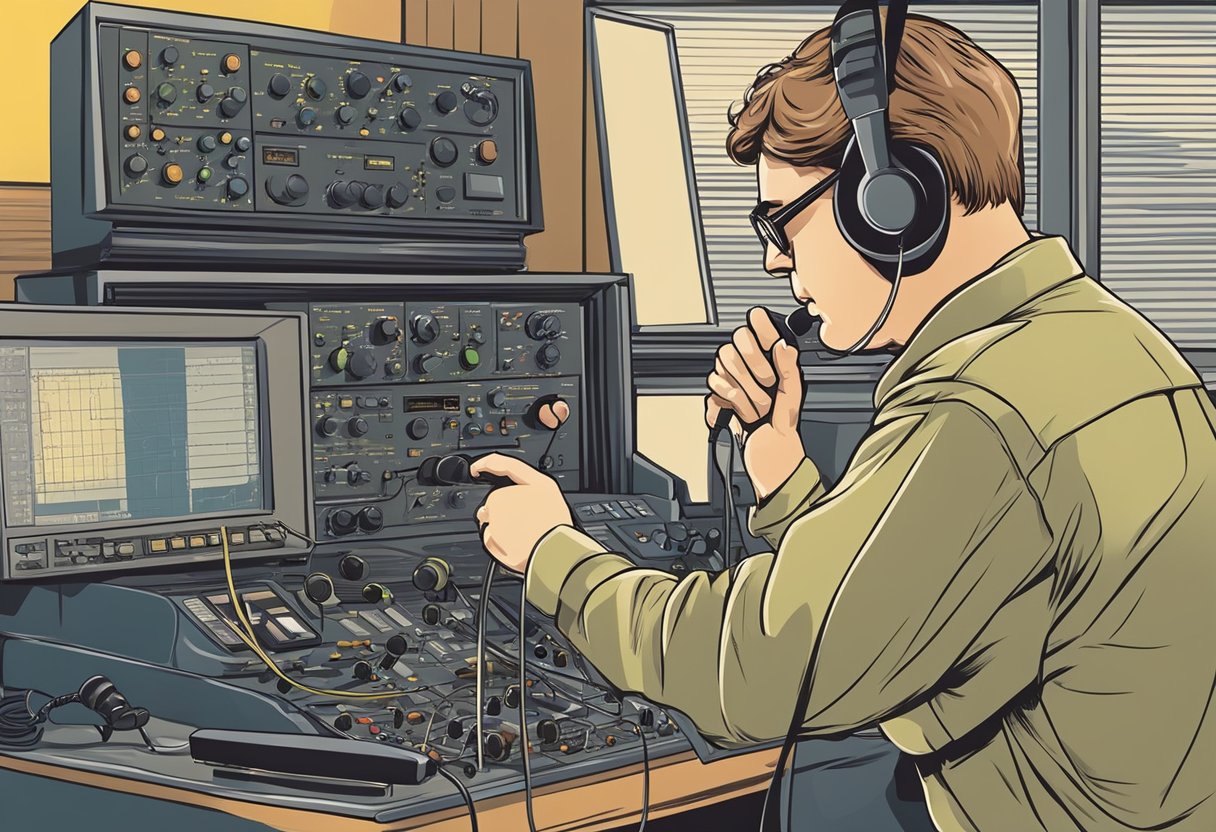

Within the realm of ham radio, the privacy of conversations is influenced by the technical specifics of how radio communications are transmitted and received. Factors such as repeaters, frequencies, and antennas play a significant role in the potential privacy of ham radio operations.
How Repeaters and Frequencies Work
Repeaters are devices that receive a signal and retransmit it at a higher power, which allows for extended communication range.
They operate on specific frequencies within the ham bands, which are segments of the radio spectrum allocated to amateur radio use.
When a ham radio operator transmits, their signal is picked up by a repeater and then broadcasted out to other hams who might be listening on that frequency.
This means that any conversation can potentially be overheard by others tuned into the same repeater, which reduces the privacy of the communication.
Antennas and Their Impact on Privacy
Antennas are critical for sending and receiving signals in ham radio. They convert the electrical signals from transceivers into radio waves and vice versa.
The type and placement of an antenna can affect the clarity and reach of a transmission.
While a well-designed antenna system can reduce the chances of interference, it does not inherently secure the privacy of a ham radio conversation.
Since radio waves are broadcasted openly, anyone with the right equipment and knowledge of the frequencies in use can intercept the communication.
This aspect of ham radio underscores the difficulty of achieving private conversations in this hobby.
Operating Procedures and Etiquette
Amateur radio, commonly known as ham radio, is a form of communication that operates on assigned frequencies. Operators must follow specific operating procedures and etiquette to maintain order and ensure privacy where possible. Key elements include proper identification and adherence to established communication protocols.
Call Signs and Identification
Each amateur radio operator is assigned a unique call sign upon obtaining their license.
This call sign serves as their official ID for all on-air interactions.
Operators must provide their call sign at the start of each communication, every ten minutes during a conversation, and at the end of their transmission.
The periodic identification helps maintain transparency on the airwaves and assists in preserving the privacy of transmissions by making it easier to recognize and track unauthorized users.
Ham Radio Protocols and Common Practices
Operational protocols for ham radio are built on a foundation of common sense and respect for others.
A prime example is the use of “CQ” when looking to establish contact with other operators. It indicates a general call to any operators who might be listening.
Protocols also encourage operators to listen before transmitting to avoid interrupting ongoing conversations, which aligns with common sense and the need to respect the privacy of other operators’ transmissions.
Regular practices among operators include exchanging QSL cards to confirm communications, and providing signal reports to assist in ensuring clarity and effectiveness in communications.
Digital Modes and Encryption
The intersection of digital voice modes and encryption represents a considerable shift from traditional analog ham radio operations. These advancements offer enhanced privacy and signal clarity but bring regulatory and technical complexities.
Exploring Digital Voice Modes
Digital voice modes in ham radio, such as DMR (Digital Mobile Radio) and FT8, have transformed the way amateurs communicate.
DMR is noteworthy for its two-slot Time Division Multiple Access (TDMA) which allows two separate conversations on the same frequency.
Contrarily, FT8 is particularly acclaimed for its weak signal performance, making it a preferred mode for distance communication. Both modes provide clearer audio quality and increased range over analog signals.
Data Encryption and Ham Radio
While digital voice modes offer enhanced functionalities, data encryption in amateur radio stirs debate.
Encryption aims to protect privacy, yet it is usually prohibited in amateur frequencies to ensure communications are open for monitoring.
In practice, encryption—like AES 256-bit encryption mentioned in some ham radio guides—is used in professional settings rather than the amateur spectrum.
When it comes to ham radio, it’s critical to understand that encryption for the purpose of obscuring content is generally against regulations.
However, the use of error-correcting codes in modes like FT8 may resemble encryption, but their purpose is to preserve the integrity of the signal rather than to conceal the content.
Frequently Asked Questions
In amateur radio, there is no expectation of privacy for communications, and anyone with the appropriate equipment can listen to transmissions. This unique characteristic leads to various questions about the privacy and legality surrounding the hobby.
What are the legal expectations of privacy in amateur radio communications?
Legally, amateur radio operators should not expect their communications to be private. In fact, the very nature of the Amateur Radio Service is such that transmissions can be received by anyone with the proper equipment, which means conversations are essentially public.
Can amateur radio transmissions be legally monitored by others?
Yes, amateur radio transmissions can be monitored legally by anyone, as there is no legal protection of privacy. Amateur frequencies are allocated for the purpose of self-training, intercommunication, and technical investigations, and they are available to the public for listening.
What actions might be considered violations of amateur radio regulations?
Violations in amateur radio include using obscene language, music broadcasting, transmitting ads or encrypted messages, and causing malicious interference. Operators are also restricted from engaging in commercial or business activities.
Are there penalties for using fake call signs while operating on ham radio frequencies?
Using fake call signs is illegal and a direct violation of FCC regulations. Penalties can range from warnings to fines, and in severe cases, loss of license or criminal prosecution.
How does the licensing process impact the privacy of communications in ham radio?
The licensing process by the FCC requires operators to be identified by call signs, which are publicly accessible. This means that privacy of communications is affected as anyone can associate call signs with the licensee’s information provided to the FCC.
Is it possible for an individual’s location to be tracked through their ham radio transmissions?
It is possible for an individual’s location to be approximately tracked through their ham radio transmissions using direction-finding techniques. This is not a privacy violation, but rather a facet of the operation of radios and the technical skill set of other operators or listeners.

